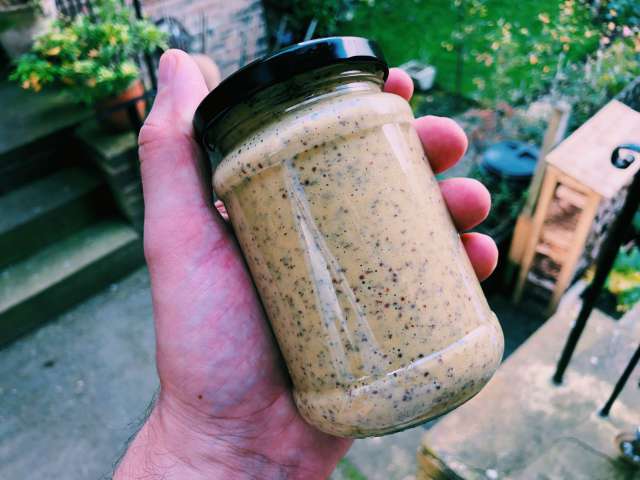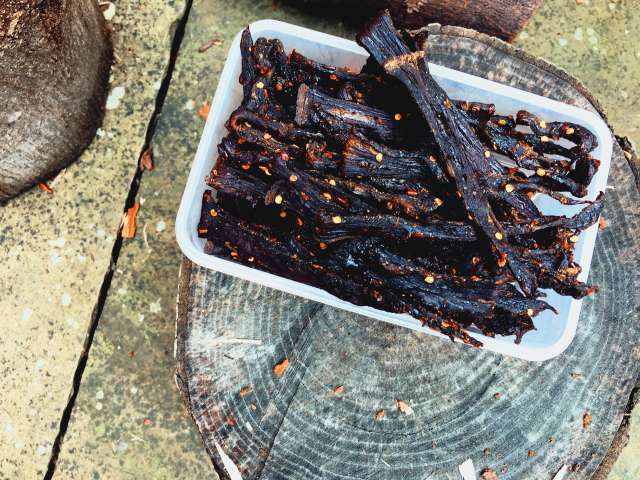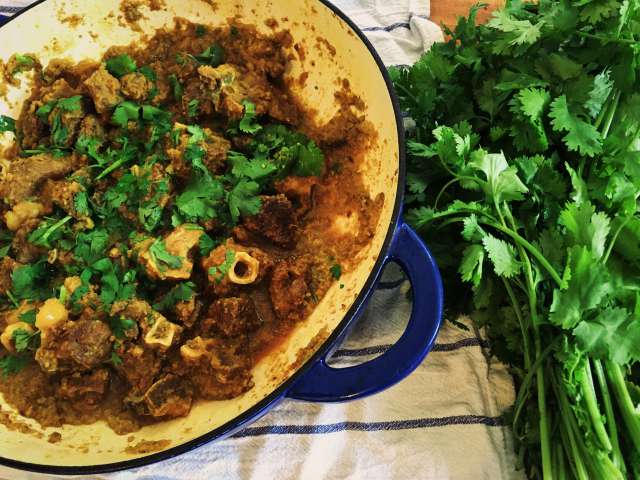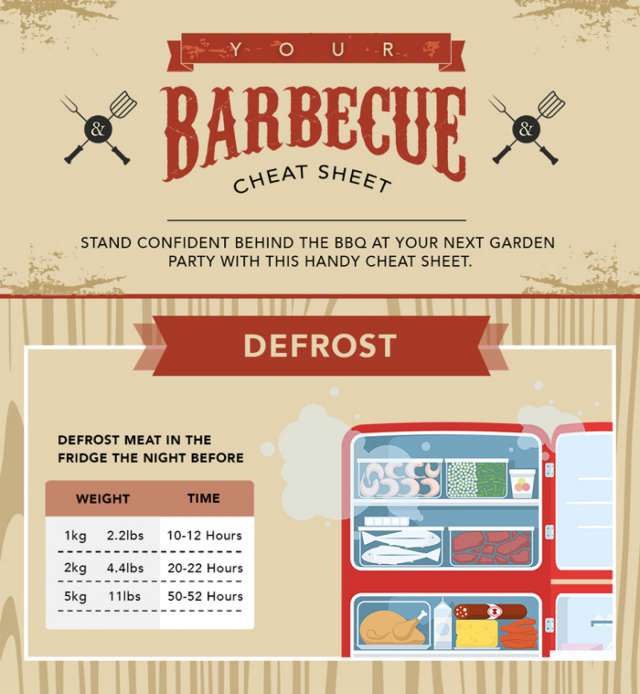
Skånsk mustard comes from the south of Sweden, and it’s commonly found smeared all over hot dogs, as well as serving as a traditional accompaniment to a Christmas ham.
It’s a coarse-grained condiment, made with a mixture of seeds supported by a sweet underbelly of honey. It’s excellent with anything strong and robust – sausages, hams, smoked fish.
There isn’t much to this recipe, just a little combining of ingredients and a quick blend. A quarter of an hour’s work now will gift you a jar of Skånsk mustard to sit quietly and unobtrusively in the fridge until it’s moment to significantly improve an otherwise uninteresting plate of leftover meat or fish arrives.
It’s all in the preparation.
More…

People have dried meat to preserve it for thousands of years.
The practice seems to have arisen independently in both South America and Africa, with the two traditions cross-pollinating with the Spanish conquests of the Americas. The Native Americans eventually adopted the Spanish word for their dried meat, ‘charque‘, changed the inflection and morphed it into the word ‘jerky’.
Jerky was borne out of necessity.
The vast spaces across the continents meant that travellers had to have a reliable way of preserving meat without refrigeration, and drying provided just that. Jerky is light, portable and nutritious, packed with protein, and it lasts for months in good condition.
Today, jerky is still synonymous with the Americas, both north and south. It’s still a popular snack, and the flavour combinations are vast.
It’s also very straightforward to make, simply a matter of flavouring and then gently dehydrating strips of meat, most likely beef, but goat, or even buffalo or kangaroo work well, too. More…

The most important things that any half serious cook owns are a couple of good knives.
Not a block of sixteen assorted flimsy efforts from IKEA, but two decent knives – one big cook’s knife and a smaller version – either German or Japanese, their edges honed to a razor-sharp finish on a steel or preferably a whetstone.
These knives are the workhorses of the kitchen. Any cutting task can be accomplished with just those two knives. There are other specialist knives out there that might tempt the eye, and yes, heaving around a great big cleaver (six quid from your local Chinese supermarket) is kinda fun, but none of them are strictly necessary.
Two knives, the best you can afford, German or Japanese, one big, one small.
That’s all.
These knives are pieces of engineering marvel. They’re milled to micrometre level specifications by some of the world’s most skilled manufacturers. Looked after well, they’ll last a lifetime. Looked after poorly, and well, you may have well have just used one of your crappy IKEA knives to shred through £100.
The second most important thing in any serious cook’s kitchen is a chopping board. More…

Sometimes, I like simple.
Those meals that are just thrown together with little effort and less thought, the ones that somehow transcend their parts and become something quite wonderful because of either the sheer quality of their ingredients or the application of a transformative cooking process.
This is one such dish – a deep, rich and brilliantly straightforward Asian dish, the sort of dish that everybody should have on standby for those lazy days when nothing much happens.
There are two stages.
A long marinade, and a long, slow cook.
More…





